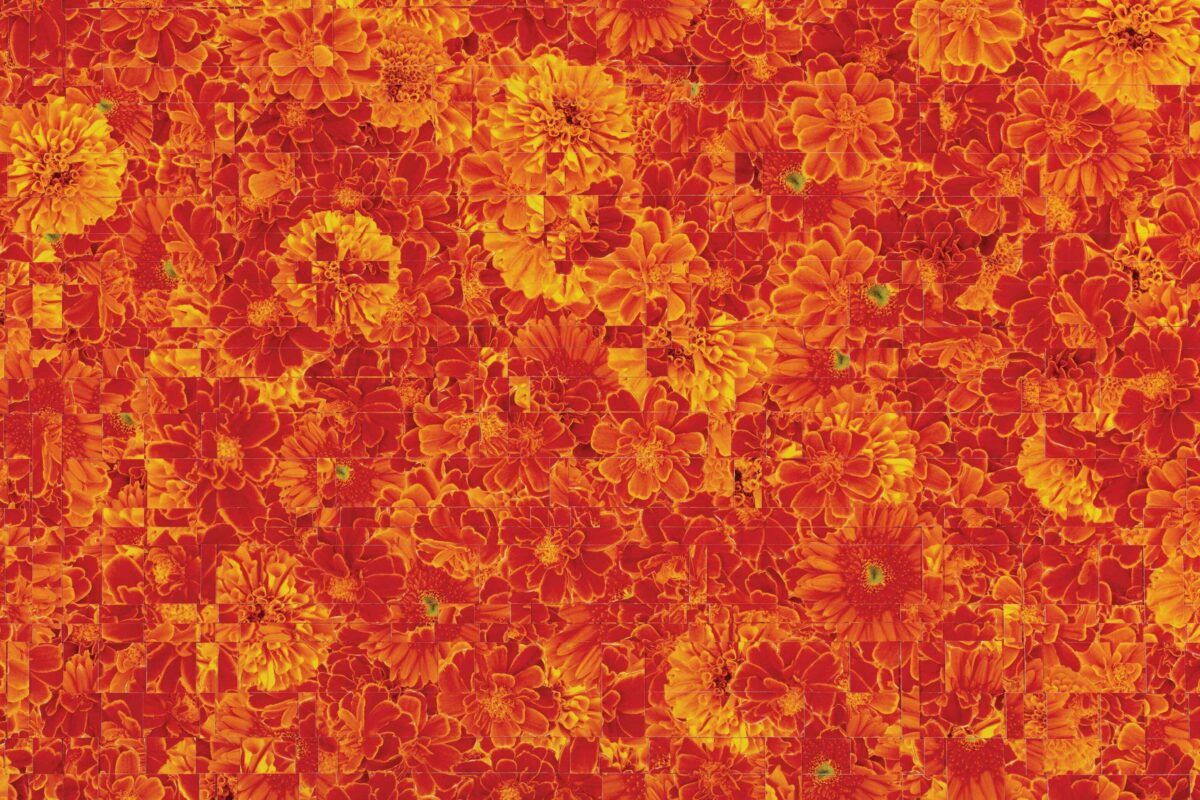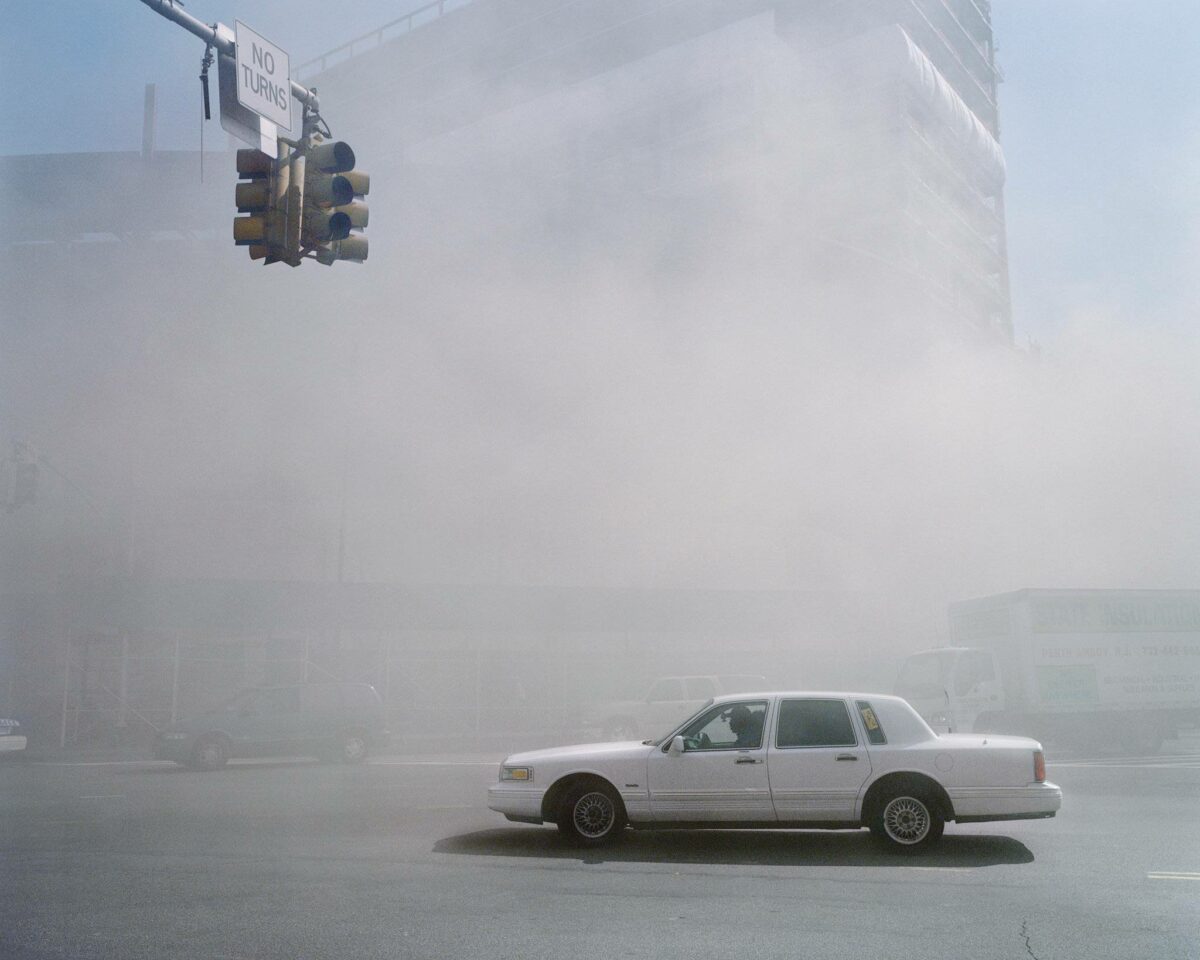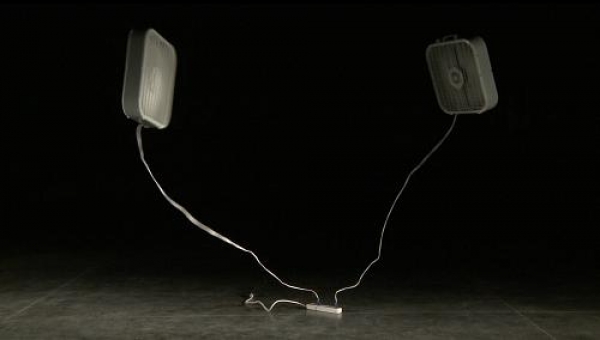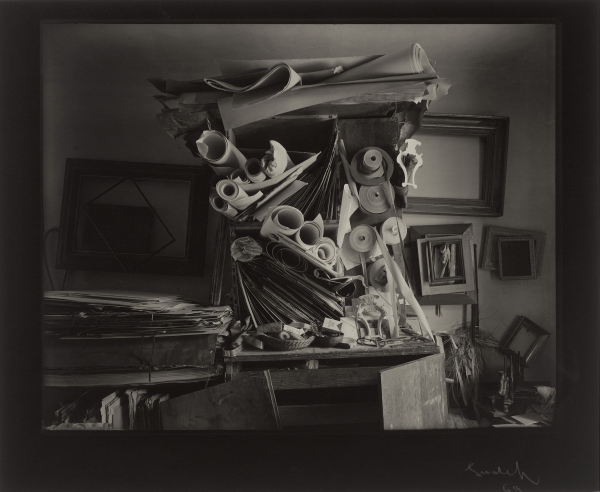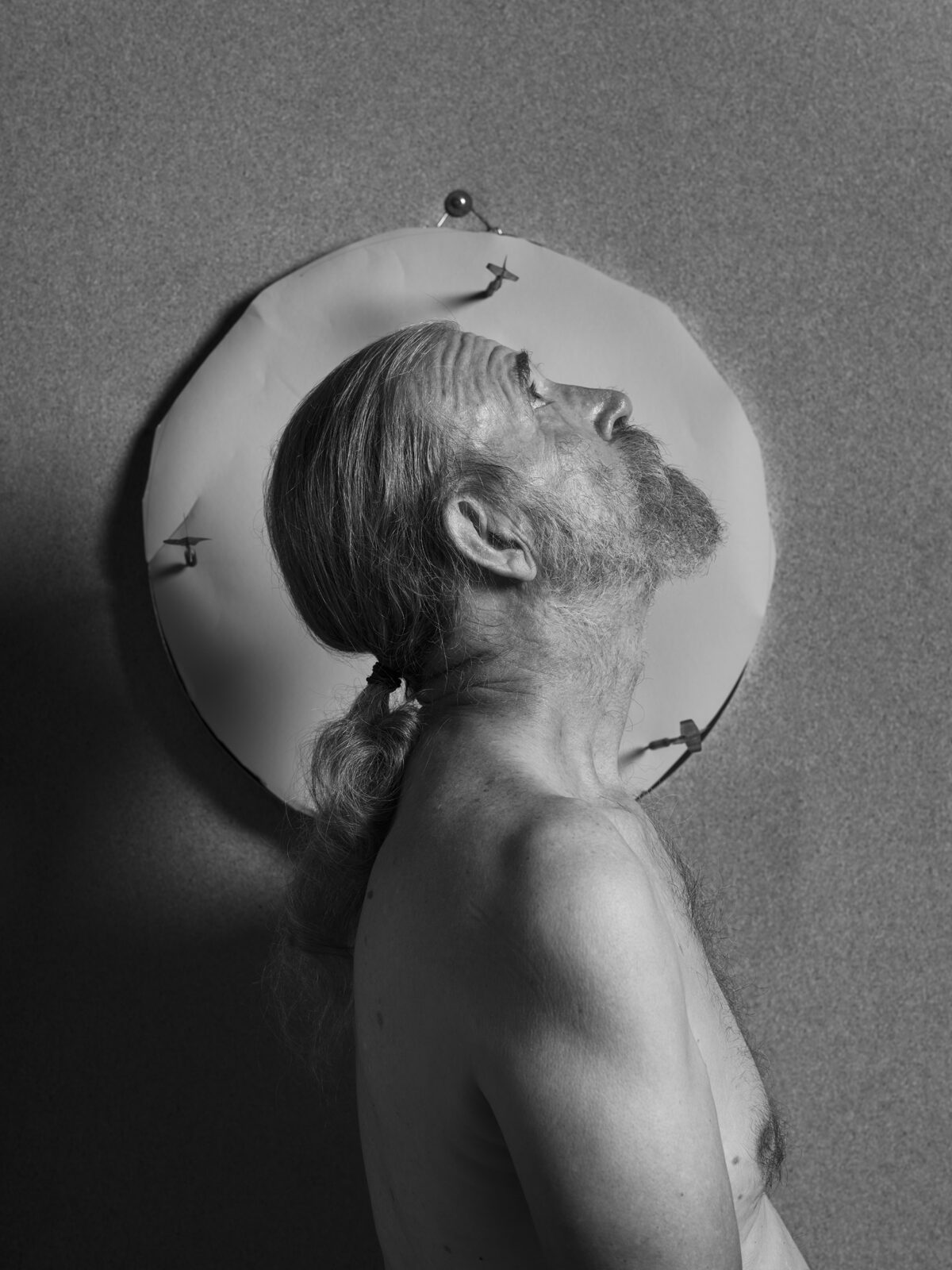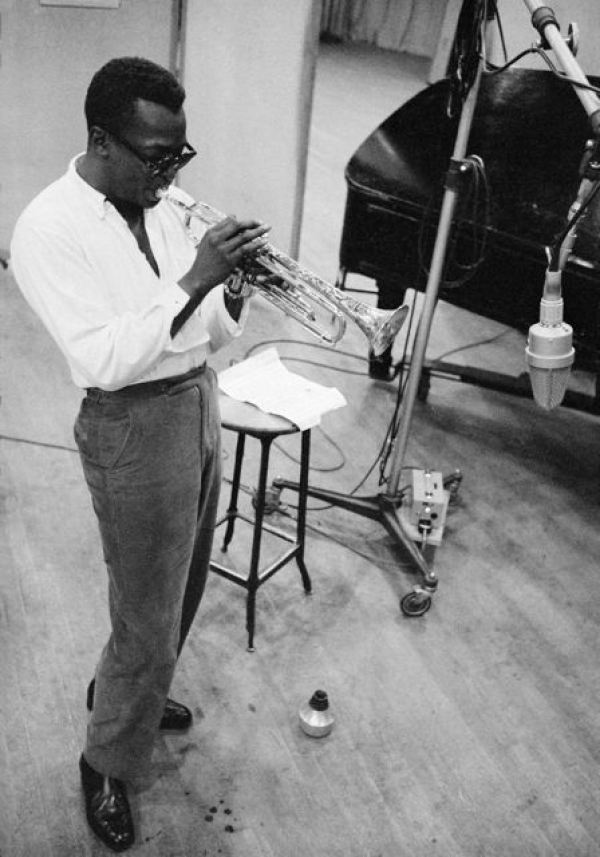

I knew there was trouble ahead when I saw a photograph of Jimi Hendrix mischievously chewing his sunglasses on the cover of the National Portrait Gallery‘s American Cool exhibition catalog. Clearly the curators of Cool, on view through September 7, couldn’t tell hot (Hendrix) from cool (Johnny Depp, on the catalog’s back cover). In American Cool, every celebrity, past and present, is cool.
Yes, Miles Davis is cool. Debbie Harry, cool. Faye Dunaway, cool. Buster Keaton, super cool. Muhammad Ali, sure. But Frederick Douglas, not cool. Billie Holiday, not even close. Elvis Presley, no! That doesn’t mean they’re bad. In fact they’re great, but in a hot, fiery, steamy way – and this should disqualify them from American Cool.
On the exhibition’s introductory wall text, the curators, Joel Dinerstein and Frank H. Goodyear III, offer up their own definitions of “cool” including: “an earned form of individuality;” having “a charismatic edge or dark side;” having “iconic power or instant visual recognition;” or leaving “a recognized cultural legacy.” After laying out these tepid terms, the curators admit that, actually, their selection of images “does not reflect our opinion of cool.” The term, as they use it seems to be a synonym for “great.”
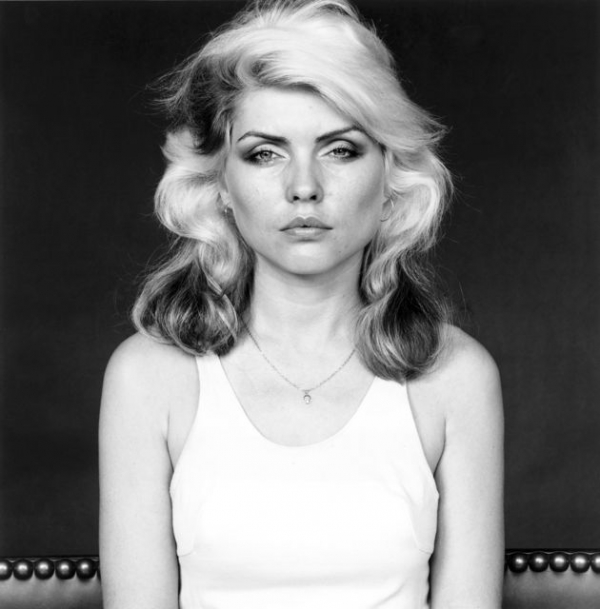

But back when “cool” still meant something particular, Marshall McLuhan wrote about it in his essay titled “Media Hot and Cold,” which appeared in his 1964 book Understanding Media. While hot media, he noted, fill your senses so thoroughly that they require practically no participation from the audience, cool media give so little information that the audience must participate in them to complete them. Movies are hot; the telephone is cool. A lecture is hot; a seminar is cool. Photographs are hot; cartoons are cool.
In people, coolness comes down to being opaque. Take Calvin Coolidge, the prototypical “cool” president. As McLuhan wrote “Coolidge was so lacking in articulation of data in his public image that there was only one word for him. He was real cool.” That’s why sunglasses are cool; as McLuhan noted, they “create the inscrutable and inaccessible image that invites a great deal of participation” – or projection, as one might say now.
Still, this show is fun and includes fantastic portraits by photographers as distinctive as William Paul Gottlieb, Linda McCartney, David LaChapelle, Lisette Model, Carl Van Vechten, and Edward Weston. And since it has no articulation, you shape it yourself. You know, it’s real cool. …

